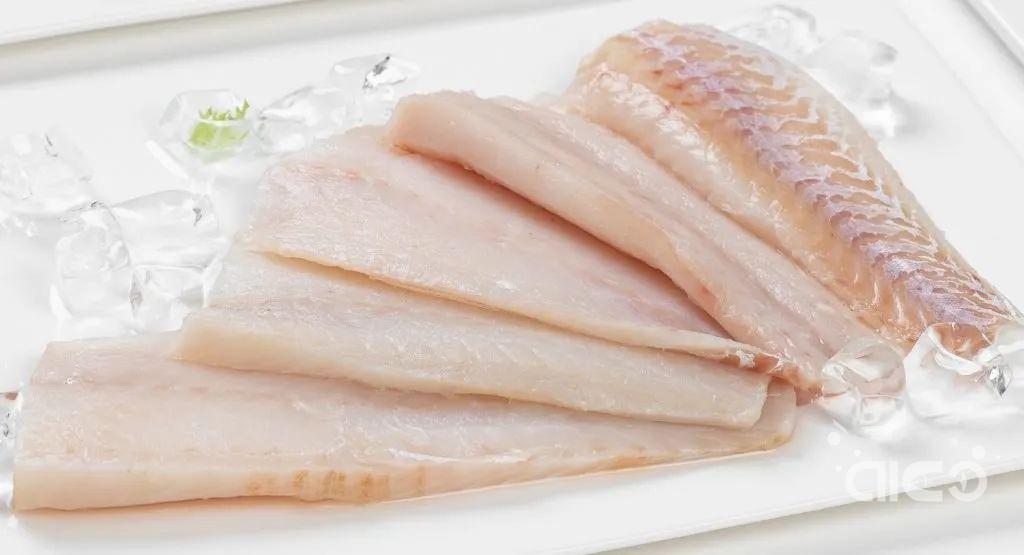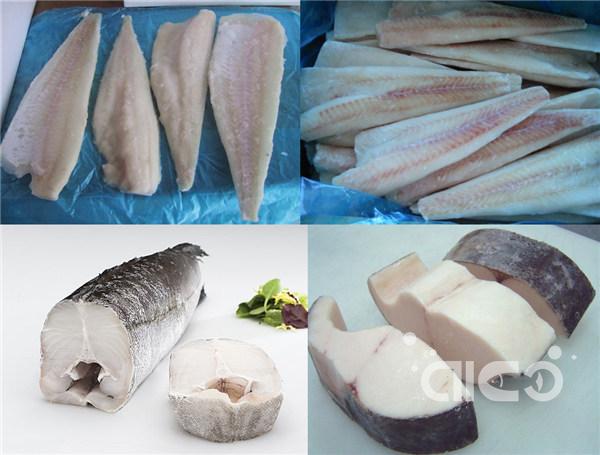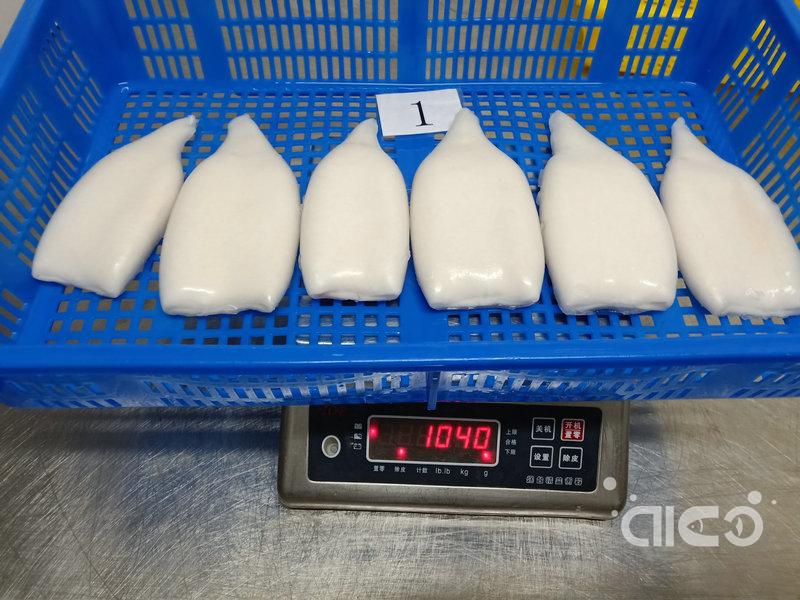Russia sharply cuts pollock fillet production due to sanctions
Under pressure from international sanctions, production of pollock fillets and other value-added products declined sharply last year, although Russian pollock production is at its highest level in 25 years.

The Russian pollock fishing association PCA said in a statement that pollock fillet production was down 24 percent and minced meat production was down 39 percent in 2023 compared to the previous year. The total Russian cod catch increased by 3 percent to 1.96 million tons, the highest in 25 years. Catch of pollock now accounts for almost 36 percent of the total catch in the Russian fishery, and pollock is the leading commercial seafood product in Russia.
PCA President Alexey Buglak described 2023 as a "tough" year for the Russian cod industry, which has launched a series of domestic branding campaigns aimed at doubling domestic consumption of pollock products in Russia.
"Sanctions pressure has created uncertainty in the sales market," he said. "Weak demand is putting pressure on prices, forcing pollock producers to reduce production of products (mainly fillets) for which both domestic and foreign market demand has declined."
Although total production of Russian pollock products increased by 7.4% to 1.09 million tons, the PCA noted significant changes in the product mix. Production of deep-processed pollock products fell by 13% to 173,000 tons. About 32 percent of the total catch was processed into value-added products. Fillet production fell to 95,300 tons and minced meat production to 17,200 tons.
The decline in value-added cod production was partially offset by an increase in surimi production, which more than doubled to 48,000 tons.

Buglak reiterated the association's focus on the Russian domestic market this year, helped by new recipes, increased social media engagement and the launch of a pollock fishing video series under the umbrella of the Far East Pollock brand campaign.
In a statement, Buglak said, "We expect the 'rebranding' of pollock to double domestic consumption of pollock, which is equivalent to 35-38% of the national pollock catch."





